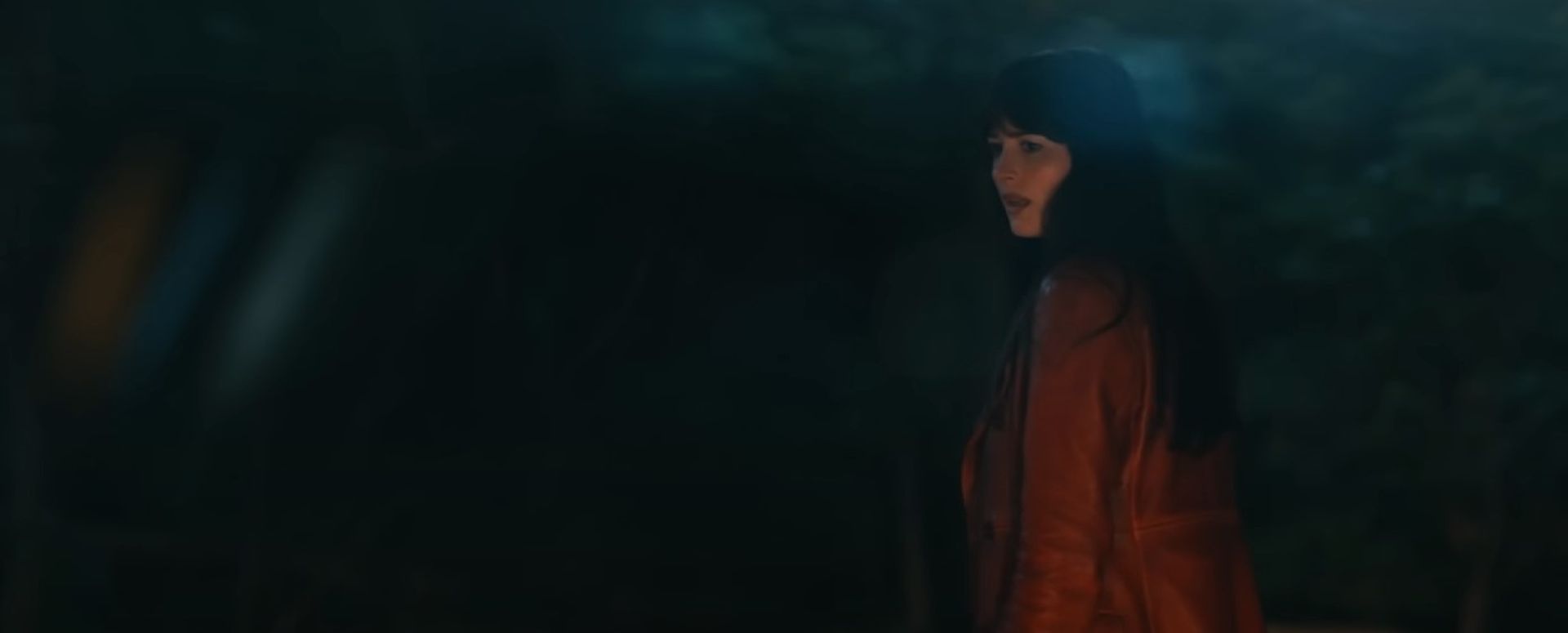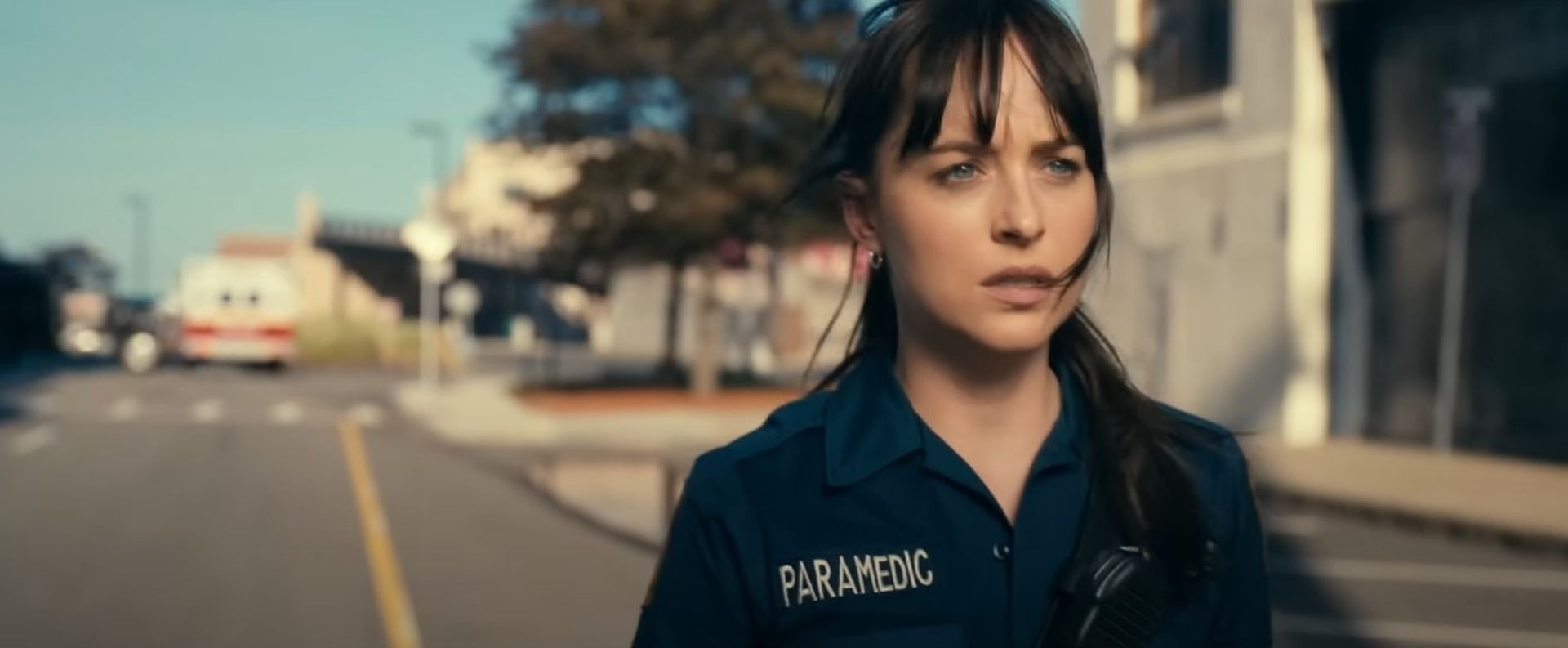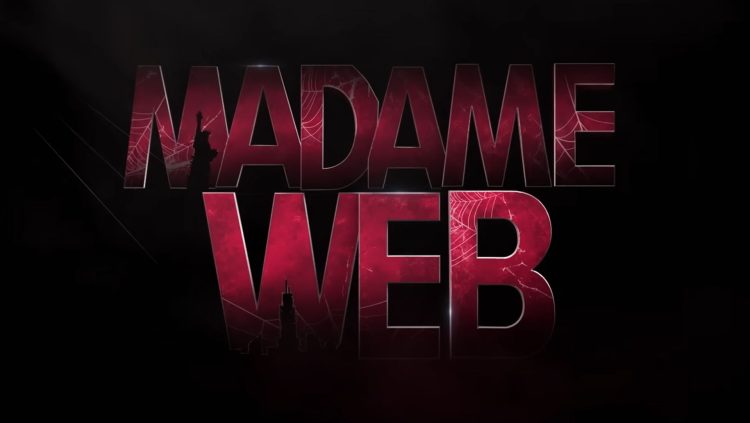Are you curious about does Madame Web have a credit scene? Madame Web has divided audiences and critics since its release. Some have praised the film’s visual effects and Dakota Johnson’s performance, while others have criticized its convoluted script and inconsistent pacing.
But there seems to be something missing at the end of the movie. Is there really a credit scene? Let’s find out.
Does Madame Web have a credit scene?
One of the most talked-about aspects of the film is the absence of a post-credits scene. Post-credits scenes have become a staple of superhero movies, used to tease future films and leave audiences excited.

So, why doesn’t Madame Web have a post-credits scene? There are a few possible answers:
The studio was unsure of the film’s success
Madame Web received a lot of negative press before its release. The studio may have anticipated the film’s box office failure and decided not to invest in a post-credits scene.
The film’s future is uncertain
Depending on Madame Web’s box office performance, it’s unclear whether Sony will greenlight a sequel. Therefore, the studio may have been hesitant to include a post-credits scene that teases a future film.
The post-credits scene was cut in post-production
Sometimes, post-credits scenes are added or removed after test screenings. Madame Web may have had a post-credits scene that was later cut by the studio.

Madame Web is a film that doesn’t need a post-credits scene
Some films can be satisfying without the need for a post-credits scene. Madame Web may simply be one of those films.
However, there could be something more to this mystery. Perhaps Madame Web doesn’t have a post-credits scene because there’s more to the film than meets the eye. Maybe the film is trying to convey a deeper message without distracting the audience.
The silence of Madame Web encourages the viewer to think and interpret. This is a quality that sets the film apart from ordinary superhero movies.
In conclusion, there are many possible reasons why Madame Web doesn’t have a post-credits scene. It could be the studio’s decision, the film’s failure, or the film’s deeper message. Whatever the reason, this silence encourages the viewer to think and interpret.
Featured image credit: Sony Pictures Entertainment





